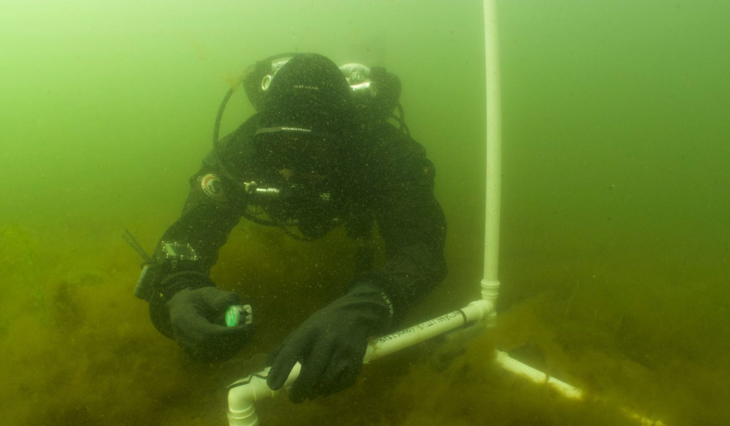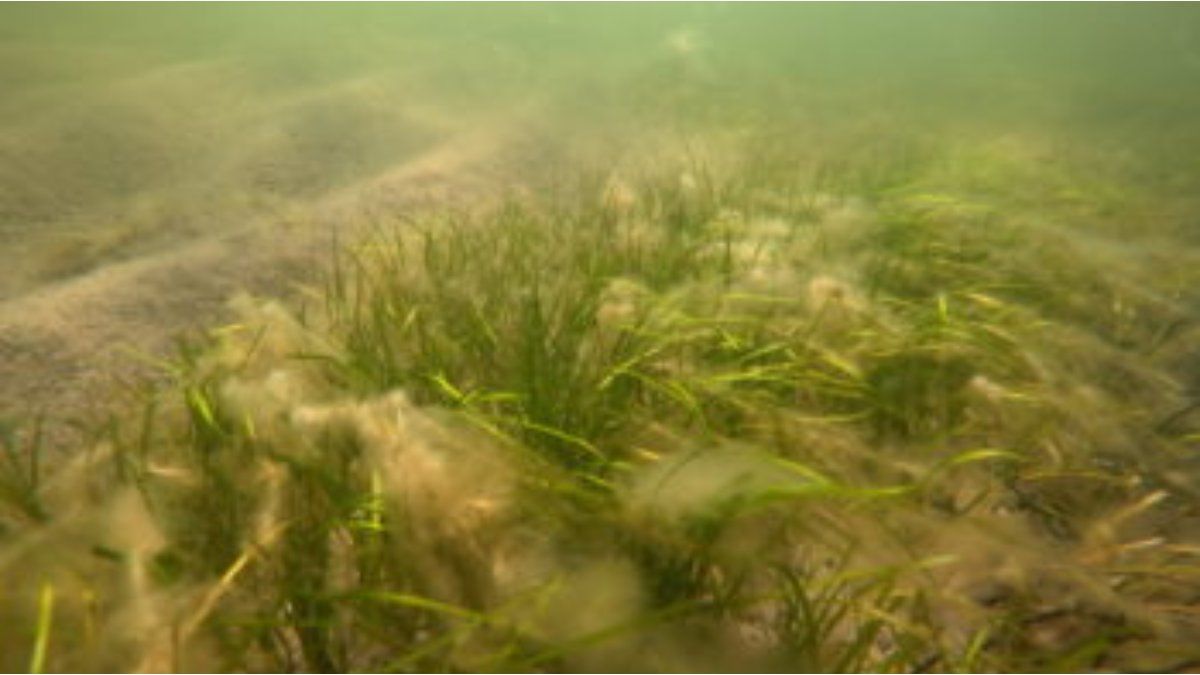Researchers have revealed that the sea is more than 1,400 years old and is the “most valuable ecosystem in the Baltic Sea.” The new scientific method could provide clues on how to manage aging in humans.
A marine plant of 1,403 yearsthe most ancient known until today, was discovered in the coasts of Finland thanks to a new scientific methodaccording to the researcher who led the study.
The content you want to access is exclusive for subscribers.
He team of researchers Germans from Kiel and Oldenburg, from Davis, United States and from London, managed to determine the age of the zostera, a type of underwater meadowmeasuring the number of genetic mutations of these organisms that reproduce by cloning themselves infinitely.


“It’s the first really reliable estimate of the age of a clone,” he explained. Thorsten Reuschthe researcher who led the study published in June in the journal Nature Ecology & Evolution, adding that determining the age of these seagrass meadows reveals information about the functioning of ecosystems and the aging processes in the natural world.
zostera marina Finland divers.png

Divers monitor the growth of seagrass by installing sensors.
thisisFINLAND
Thanks to the method of “genetic clock” The researchers studied 20 populations of zostera around the world and found in the coastal waters of the Baltic Seaagainst Finland, one of 1.403 years old.
“It is interesting to understand how plants avoid the symptoms of aging for thousands of years. This could give us clues about how to manage aging in humans“, he pointed out Reuscha marine ecologist and evolutionary biologist at the Geomar centre in Kiel.
In the future, thanks to this new method, even older quantum plants could be discovered, up to “10,000 years or more“, the scientist said, adding that it is the “The most valuable ecosystem in the Baltic Sea”.
Despite its resistance and its astonishing age, the zostera is a Species at risk and threat in the Baltic Sea, whose waters shallow and saltyare surrounded by Germany, Poland, Finland, Sweden, the Baltic States and Russia.
The nutrient pollution from industries such as agriculture and forestry, coupled with rising sea temperatures due to climate change, seriously threatens to its population and species.
Source: Ambito




